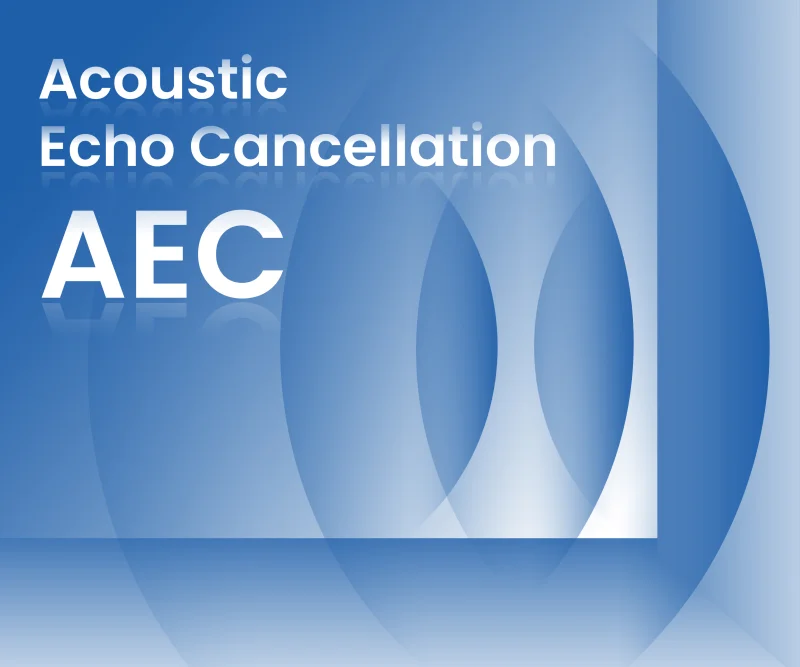| c |
|
 |
|
When part of the signal in duplex (simultaneous two-way) communication returns back to the source it is called “echo”. Even small echo may be very annoying and disrupting due to a significant roundtrip delay in long distance analog and almost all digital communication systems. Acoustic echo occurs in a voice communication terminal as a result of acoustic coupling between the speaker and microphone. Due to non-linear processing applied in communication channels, such as lossy vocoders and transcoding, acoustic echo must be treated (cancelled) locally inside the device. Alango Acoustic Echo Cancellation (AEC) technology was designed to enable high quality, full duplex communication in mobile phones, hands-free car kits, speakerphones and other types of voice terminals. These devices are characterized by several aspects making development of AEC technology a real challenge:
Alango’s AEC solution is characterized by the following:
Use control buttons on the interactive screenshots to play/stop/navigate |
|
RAW SIGNAL,
as recorded by the microphone (containing echo and user's speech): |
PROCESSED SIGNAL AFTER AEC -
the echo has been eliminated, the user's speech is preserved: |
|
Mobile phones, Bluetooth headsets, automotive hands-free kits, video/audio conferencing equipment, intercom systems and many others.
Alango Acoustic Echo Cancellation is seamlessly integrated with other Alango technologies into one Voice Communication Package (VCP). Besides echo cancellation, VCP includes stationary and transient noise suppression, dynamic range compressor, automatic volume and equalization control, speech enhancement, (optional) adaptive dual and multi-microphone arrays and several other functions.
|
